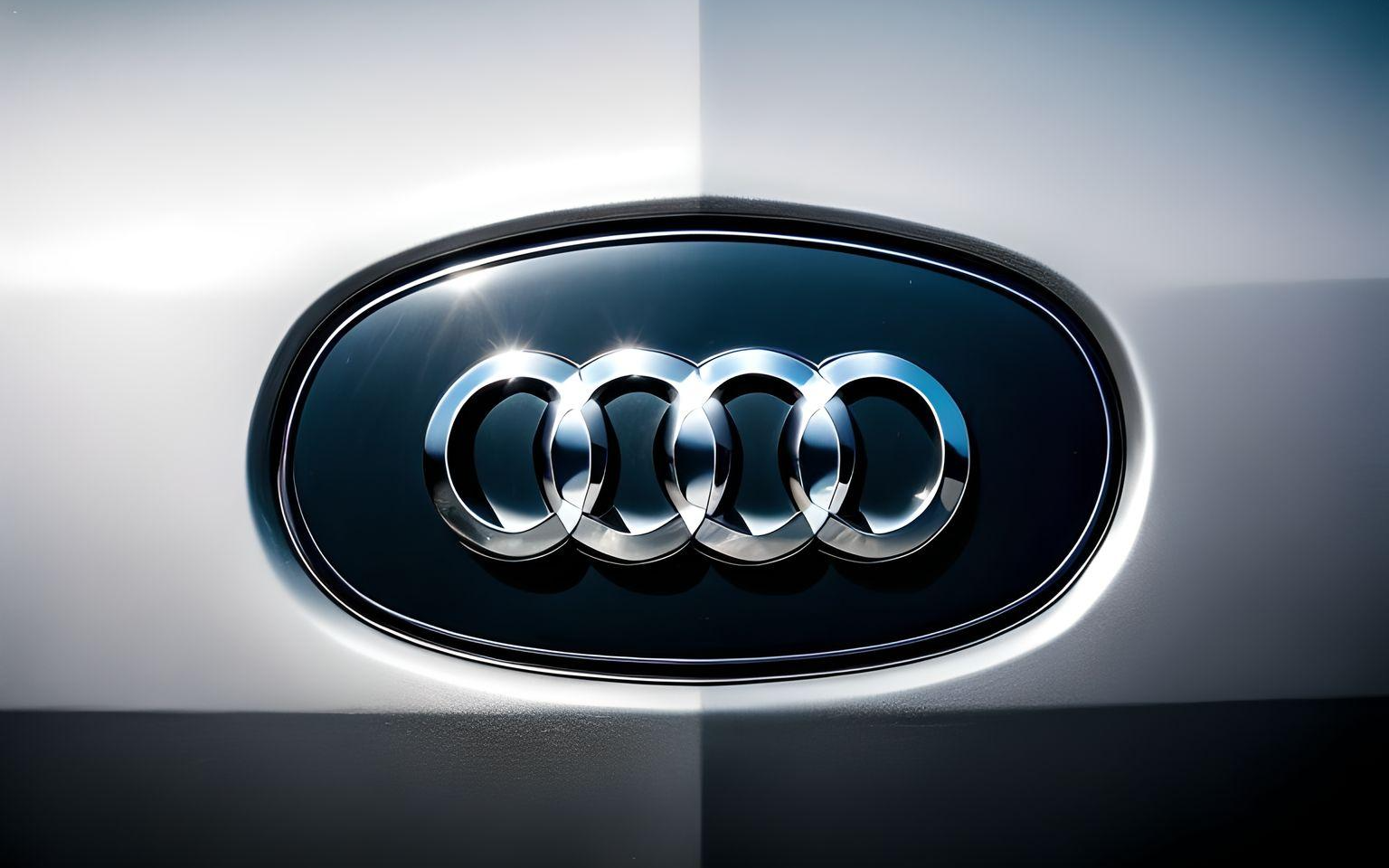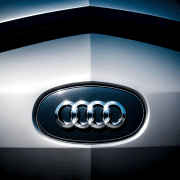What do the 4 rings of Audi define?

Introduction
Julius Victor Horch The mechanical engineer established his own company August Horch & Cie in 1899. He initially produced two-cylinder automobiles before expanding to four-cylinder models. In 1909 following a dispute with the board of directors, he departed the company.
Horch established a second automobile business in the same year. Because the name Horch was already taken, he adopted a Latinized version: “Audi.” In 1910, consumers could buy the first automobile bearing the new label. Between 1912 and 1914, Audi rose to prominence with a triple trick of victories at the International Austrian Alpine Rally, one of the most challenging rallies of the era.
The secret behind the four circles
The significance of the four rings in the Audi emblem has been the subject of much speculation. They may be related to the Olympic circles. Could they be the four governing principles of the company? Audi Silver Spring has heard all the rumours, but we’re here to provide the straightforward truth. The rings represent the lengthy history of the manufacturer.
The four rings represent four distinct brands.
Saxon automobile manufacturers Audi, DKW, Horch & Wanderer, and Auto Union AG are represented by four interlocking rings. A brief narrative of the organization that would eventually become AUDI AG.
The amalgamation of the four Saxon automakers Audi, DKW, Horch, and Wanderer into Auto Union AG is symbolized by the representation of four interconnected rings. This composition provides a concise account of the establishment that would ultimately evolve into AUDI AG.
Audi
Due to antitrust regulations, the corporation founded by August Horch on July 16, 1909, in Zwickau could no longer use his name.

DKW
Rasmussen & Ernst was founded in Chemnitz in 1902, but by 1907, the company’s headquarters had moved to Zschopau in the Ore Mountains. At the outset, centrifuges, evaporator oilers, vulcanizing machines, automobile fenders, and lights were manufactured and sold. In 1916, the company’s namesake, Jorgen Skafte Rasmussen, began experimenting with a steam vehicle; he was granted the “DKW” trademark in 1922. A toy variant of a two-stroke engine was produced in 1919. The company changed its name to “Zschopauer Motorenwerke JS Rasmussen OHG” in 1921. The Zschopau factory produced and dispatched the first DKW motorcycles the following year.
Horch
Several German companies began manufacturing automobiles at the outset of the twentieth century. One of them was founded on November 14, 1899, in Cologne under the name August Horch & Cie. August Horch spent three years as the director of automotive engineering at Carl Benz in Mannheim before striking out independently. 1904 August Horch incorporated his business in Zwickau as a limited liability company.
Wanderer
Johann Baptist Winklhofer and Richard Adolf Jaenicke have serviced Chemnitz’s bicycles since 1885. Shortly after, they began manufacturing the in-demand bicycles and selling them as “Wanderer” bicycles. Since its establishment in 1896, the company has been known as Wanderer Fahrradwerke AG. In 1902, Wanderer produced the first motorcycle. The plan to commence automobile production was implemented in 1913.
How has the Audi logo evolved throughout history?
As a symbol, the four circles first appeared during the formation of the Auto Union. The red and brown Audi insignia eventually stole the show. The logo debuted in 1978 and consists of a black oval with white lettering. Since 1985, Audi has been the company’s brand and name. In the 1990s, Ingolstadt redesigned the rings with a more three-dimensional aesthetic.
Now that the designers must ensure that the logo functions equally well in digital and print formats, they face a new challenge. Consequently, minimalism is growing in popularity. This explains why the four rings became flatter in 2016.
The fusion of a global economic crisis and the creation of Audi’s iconic logo.
1929’s Great Depression precipitated a steep decline in demand. Four of the most successful automobile manufacturers were in financial distress. The Saxon State Bank proposed merging the four identities as a solution. It was the beginning of what would eventually become AUDI AG.
What does the four-circle car symbol mean?
Thanks to a short film produced by the company, you can stop pondering about the origins of the Audi logo. The Auto Union logo’s four rings depict the automakers that merged in 1932 to form the company. Horch, founded by the German engineer August Horch in 1899, was the first of these automobile manufacturers.
A and S Models
Most Audi vehicles commencing with the letter A are sedans or hatchbacks. With each successive number, the capacity of the vehicle increases.
S denotes the majority of four-door sedans and five-door hatchbacks manufactured by Audi. The “S” in “Sport” signifies a more potent engine in horsepower and torque.
Q Models
The Q represents Audi’s renowned Quattro all-wheel drive system. Standard on all Q-series SUVs, crossovers, and wagons is Quattro all-wheel drive. Like Audi automobiles, the Q extends from the compact Q3 to the enormous Q7.
R Models
The Audi R8 is a two-seat, high-performance sporting car with a mid-mounted engine. Their Audi Space Frames are high-strength aluminium with integrated panels, making them lighter and more durable than conventional steel.
RS Models
In this instance, RS refers to “Rennsport,” the German term for “Race-Sport.” Audi RS automobiles are the most potent and high-performing models in the Audi lineup.
TT Models
The unusual nomenclature of TT models is a nod to the Isle of Man’s motorcycle racing championship, the Tourist Trophy, which dates back a century. TT variants are compact sports vehicles with transversely mounted turbocharged engines. The TT is offered with both the S and RS specification levels.
Conclusion
Audi began in Germany and has since expanded to South Korea and Brazil to become the global leader in the luxury automobile industry. The purchasing public appreciates the abundance of available models, technologies, and designs.




Leave a Reply
Want to join the discussion?Feel free to contribute!